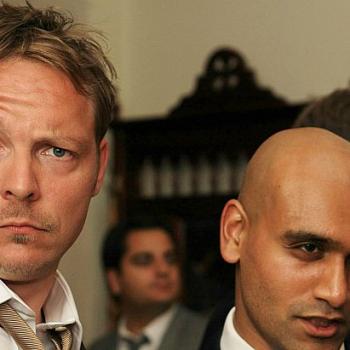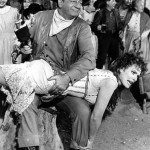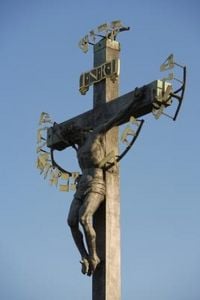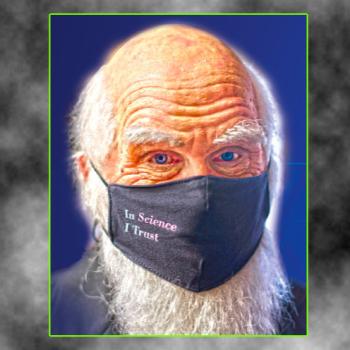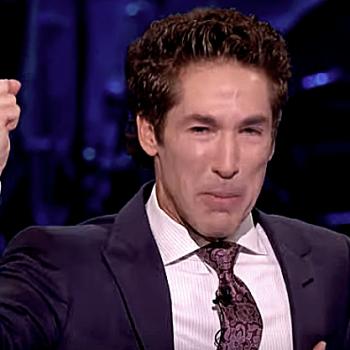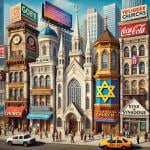JUST weeks after the remains of 215 children were found in a mass grave at the Kamloops school in British Columbia, other graves containing 751 bodies have been discovered at the site of the Marieval Indian Residential School in Saskatchewan run by the Roman Catholic Church from 1899 to 1997.
The Cowessess First Nation said the discovery was:
The most significantly substantial to date in Canada.
Cowessess Chief Cadmus Delorme said in the video report below that “this is not a mass grave site. These are unmarked graves.”
In a comment beneath the video, Pat Brennan wrote:
How about we confiscate all properties owned by the Catholic church in Canada including their land, sell it off and give the money to all victims this terror.
The school was one of more than 130 compulsory boarding schools funded by the Canadian government and run by religious authorities during the 19th and 20th centuries with the aim of assimilating indigenous youth.
An estimated 6,000 children died while attending these schools, due in large part to the squalid health conditions inside. Students were often housed in poorly built, poorly heated, and unsanitary facilities.
Last month, the Cowessess began to use ground-penetrating radar to locate unmarked graves at the cemetery of the Saskatchewan school.
Chief Delorme said there may have been markers for the graves at one point but that the Roman Catholic church, which oversaw the cemetery, may have removed them.
Cowessess First Nation is “optimistic” that the church will work with them in investigating further, he said.
It has not yet been determined if all the unmarked graves belong to children, Chief Delorme said. Technical teams will now work to provide a verified number and identify the remains, he said.
In a statement, Prime Minister Justin Trudeau said he was “terribly saddened” by the discovery in Saskatchewan. He said it was:
A shameful reminder of the systemic racism, discrimination, and injustice that Indigenous peoples have faced.
Between 1863 and 1998, more than 150,000 indigenous children were taken from their families and placed in these schools throughout Canada.
The children were often not allowed to speak their language or to practice their culture, and many were mistreated and abused.
Said former residential school student Florence Sparvier at a press conference today (Thursday):
They made us believe we didn’t have souls. They were putting us down as people, so we learned to not like who we were.
A commission launched in 2008 to document the impacts of this system found that large numbers of indigenous children never returned to their home communities.
The commission’s landmark report said the practice amounted to cultural genocide.
In 2008, the Canadian government formally apologised for the system.
The Roman Catholic church – which was responsible for the operations of up to 70 percent of residential schools – has not yet issued a formal apology.
The May discovery of children’s remains in Kamloops has thrown a spotlight Canada’s past policies of forced assimilation.
Indigenous leaders expect similar findings as the search for grave sites continues, aided by new funding from federal and provincial governments.
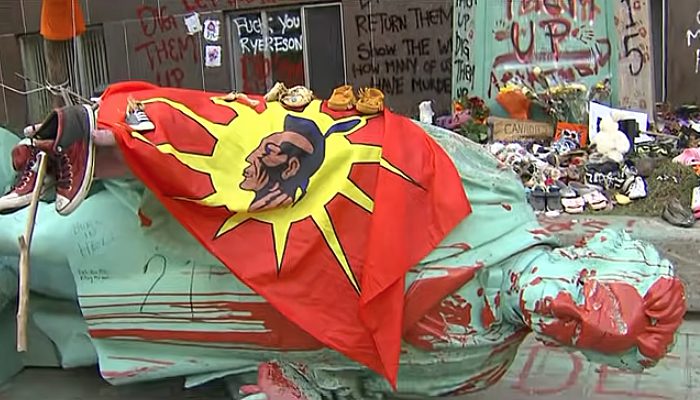
Cities in the provinces of British Columbia, Saskatchewan and New Brunswick have cancelled upcoming celebrations for Canada Day on 1 July in protest, and statues of figures involved with residential schools, including Methodist educator Egerton Ryerson, above, and Canada’s first Prime Minister John A Macdonald, have been vandalised or removed throughout the country.
Hat tip: John Dowdle & BarrieJohn

 I’d love a cup of coffee
I’d love a cup of coffee

